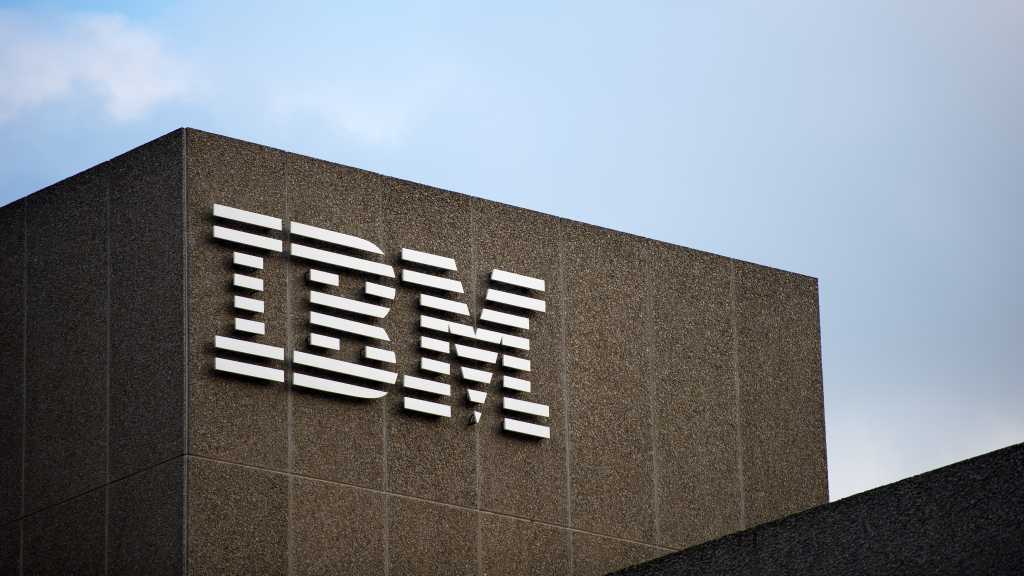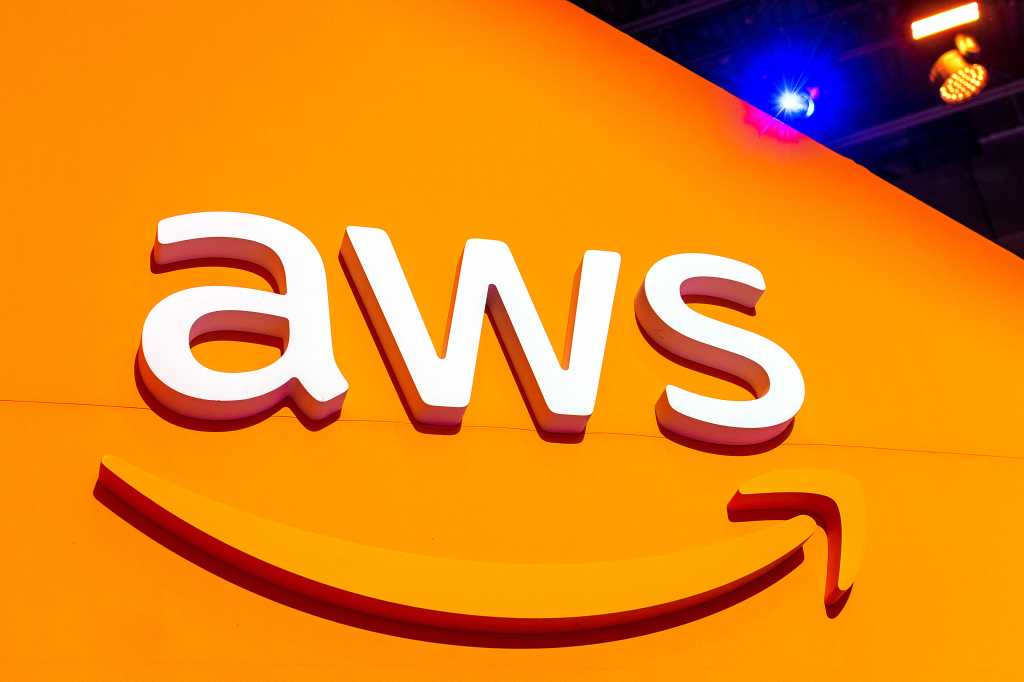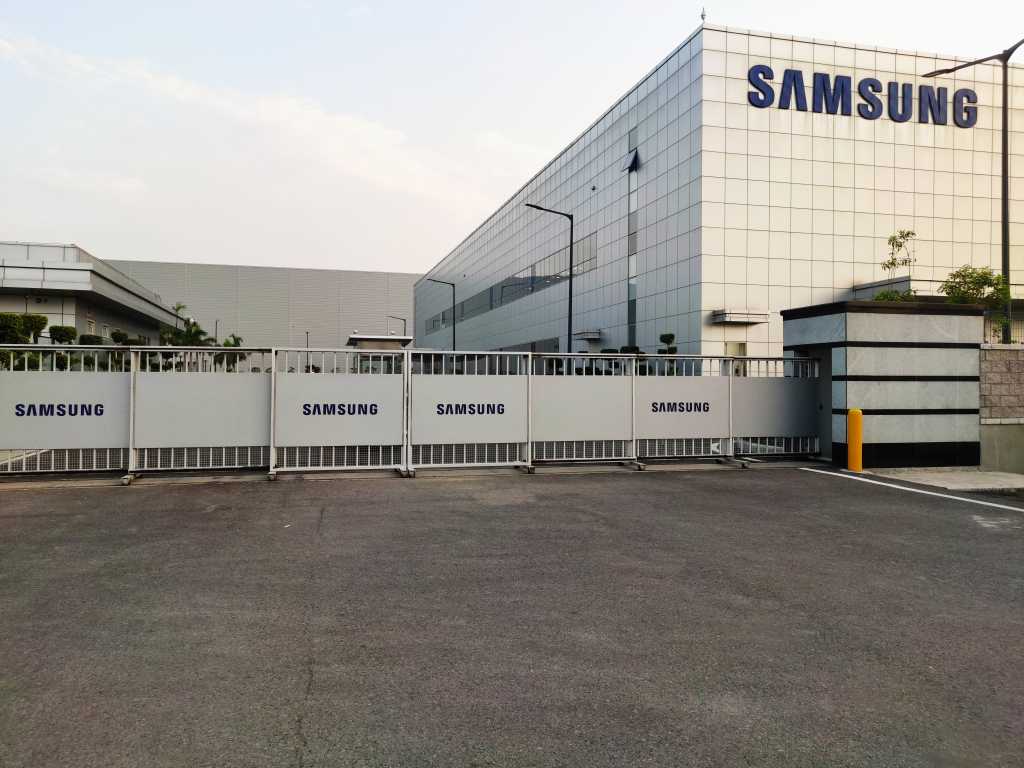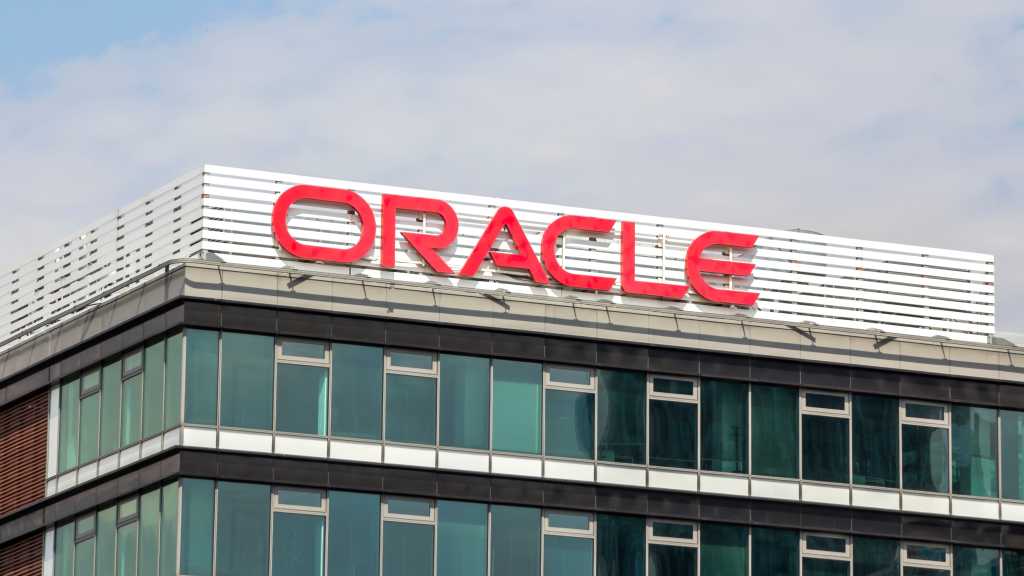This is today’s edition of The Download, our weekday newsletter that provides a daily dose of what’s going on in the world of technology.
Introducing: the new conspiracy age
Everything is a conspiracy theory now. Conspiracists are all over the White House, turning fringe ideas into dangerous policy. America’s institutions are crumbling under the weight of deep suspicion and the lasting effects of covid isolation. Online echo chambers are getting harder to escape, and generative AI is altering the fabric of truth. A mix of technology and politics has given an unprecedented boost to once-fringe ideas—but they are pretty much the same fantasies that have been spreading for hundreds of years.
MIT Technology Review helps break down how this moment is changing science and technology—and how we can make it through. We’re thrilled to present The New Conspiracy Age, a new series digging into how the present boom in conspiracy theories is reshaping science and technology.
To kick us off, check out Dorian Lynskey’s fascinating piece explaining why it’s never been easier to be a conspiracy theorist. And stay tuned—we’ll be showcasing a different story from the package each day in the next few editions of The Download!
Four thoughts from Bill Gates on climate tech
Bill Gates doesn’t shy away or pretend modesty when it comes to his stature in the climate world today. “Well, who’s the biggest funder of climate innovation companies?” he asked a handful of journalists at a media roundtable event last week. “If there’s someone else, I’ve never met them.”
The former Microsoft CEO has spent the last decade investing in climate technology through Breakthrough Energy, which he founded in 2015. Ahead of the UN climate meetings kicking off next week, Gates published a memo outlining what he thinks activists and negotiators should focus on and how he’s thinking about the state of climate tech right now. Here’s what he had to say.
—Casey Crownhart
This article is from The Spark, MIT Technology Review’s weekly climate newsletter. To receive it in your inbox every Wednesday, sign up here.
The must-reads
I’ve combed the internet to find you today’s most fun/important/scary/fascinating stories about technology.
1 US Homeland Security shared false videos of immigration operations
They claimed to show recent operations but used footage that was old, or recorded thousands of miles away. (WP $)
+ ICE is scanning pedestrians’ faces to verify their citizenship. (404 Media)
2 Character.AI is banning under-18s from talking to its virtual companions
It’s currently facing several lawsuits from families who claim its chatbots have harmed their children. (NYT $)
+ The company says it’s introducing age assurance functionality. (FT $)
+ Teenage boys are using chatbots to roleplay as girlfriends. (The Guardian)
+ The looming crackdown on AI companionship. (MIT Technology Review)
3 Trump directed the Pentagon to resume nuclear weapons testing
America hasn’t conducted such tests for more than 30 years. (BBC)
+ The US President made multiple incorrect assertions in his statement. (The Verge)
+ He doesn’t seem to even know why he wants to resume the tests himself. (The Atlantic $)
4 A Google DeepMind AI model accurately predicted Hurricane Melissa’s severity
It’s the first time the US National Hurricane Center has deployed it. (Nature $)
+ Here’s how to actually help the people affected by its extensive damage. (Vox)
+ Google DeepMind’s new AI model is the best yet at weather forecasting. (MIT Technology Review)
5 A major record label has signed a deal with AI music firm Udio
Universal Music Group had previously sued it for copyright infringement. (WSJ $)
+ AI is coming for music, too. (MIT Technology Review)
6 Are companies using AI as a fig leaf to lay workers off?
It’s sure starting to look that way. (NBC News)
+ Big Tech is going to keep spending billions on AI, regardless. (WP $)
7 Meta Ray-Ban users are filming themselves in massage parlors
They’re harassing workers, who appear unaware they’re being recorded. (404 Media)
+ China’s smart glasses makers are keen to capture the market. (FT $)
8 Just three countries dominate the world’s space launches
What will it take to get some other nations in the mix? (Rest of World)
9 Why you shouldn’t hire an AI agent
Their freelancing capabilities are… limited. (Wired $)
+ The people paid to train AI are outsourcing their work… to AI. (MIT Technology Review)
10 This app’s AI-generated podcasting dog videos are a big hit 🐶🎙️
But DogPack wants to make sure viewers know it’s not trying to trick them. (Insider $)
Quote of the day
“Zuck spent five years and $70 billion dollars to build a business that loses $4.4 billion/year to create only $470 million in revenue. So bad you can’t give it away, I guess.”
—Greg Linden, a former data scientist at Microsoft, pokes fun at Meta’s beleaguered Reality Labs’ earnings in a post on Bluesky.
One more thing

How scientists want to make you young again
A little over 15 years ago, scientists at Kyoto University in Japan made a remarkable discovery. When they added just four proteins to a skin cell and waited about two weeks, some of the cells underwent an unexpected and astounding transformation: they became young again. They turned into stem cells almost identical to the kind found in a days-old embryo, just beginning life’s journey.
At least in a petri dish, researchers using the procedure can take withered skin cells from a 101-year-old and rewind them so they act as if they’d never aged at all.
Now, after more than a decade of studying and tweaking so-called cellular reprogramming, a number of biotech companies and research labs say they have tantalizing hints that the process could be the gateway to an unprecedented new technology for age reversal. Read the full story.
—Antonio Regalado
We can still have nice things
A place for comfort, fun and distraction to brighten up your day. (Got any ideas? Drop me a line or skeet ’em at me.)
+ 2025’s Comedy Wildlife Award winners and finalists are classics of the genre.
+ This Instagram account shared the same video of Thomas the Tank Engine’s daring railway stunts every day, and I think that’s just beautiful.
+ How to get more of that elusive deep sleep.
+ Here’s an interesting take on why we still find dragons so fascinating 🐉






















